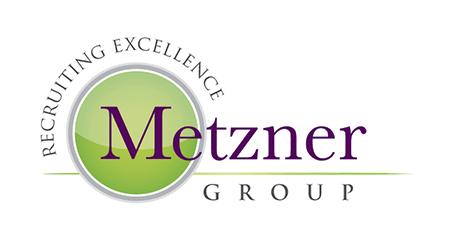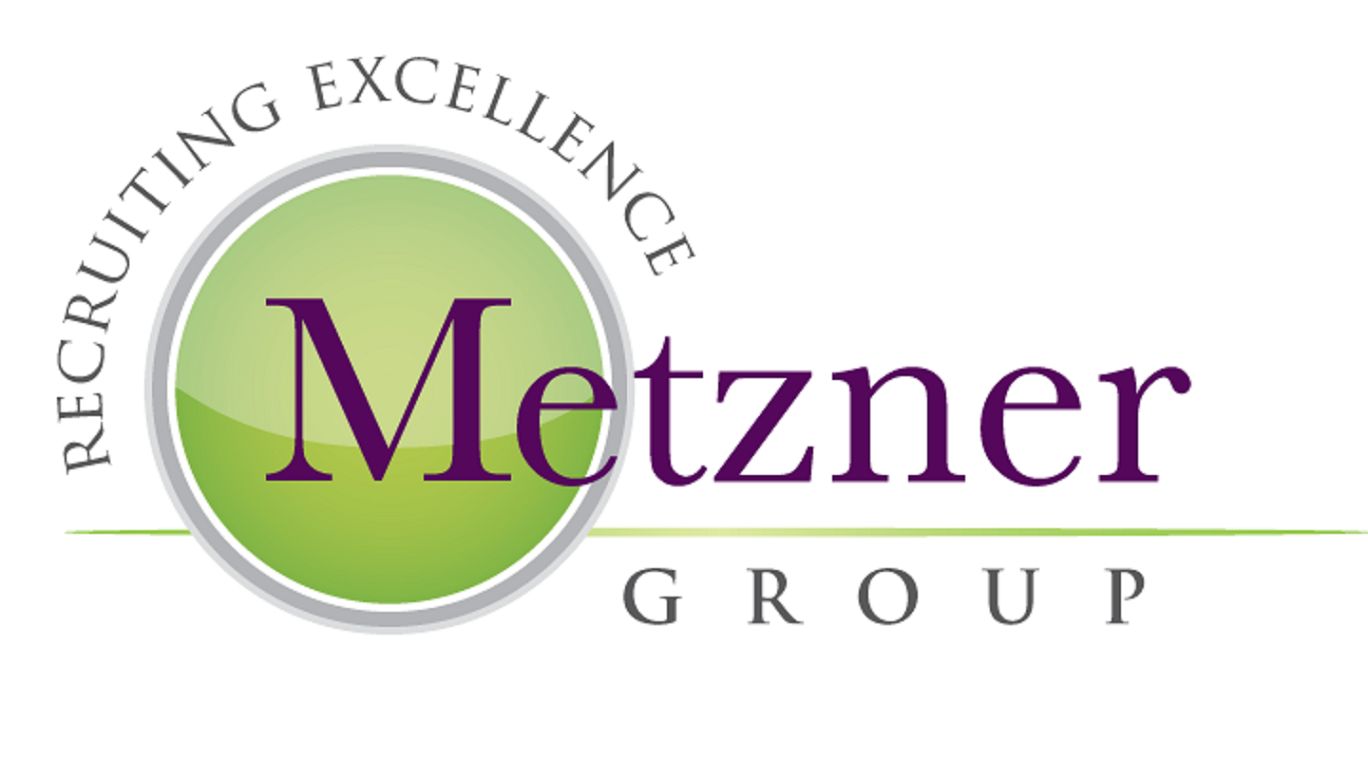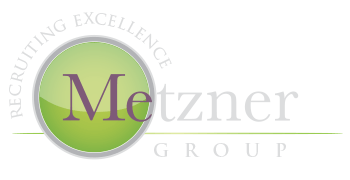TOP Trends in the A/E Recruiting Marketplace for 2020/2021
Carol Metzner • September 16, 2020

Since 2017, much of America has experienced a fairly consistent sense of turmoil. In spite of this, firms in the A/E marketplace view the remainder of 2020 with a guarded sense of optimism. This encouragement is largely due to the anticipation that a federal infrastructure bill will be passed, funding for clean energy projects and an extension of the production tax credits for renewables.
Throughout the first quarter of 2020, we were in a candidate-driven marketplace. Leadership transition trends continued through succession planning and recruiting efforts. Mergers and acquisitions fueled talk around the water cooler and in boardrooms. The expectation, as it has been since 2017, was that the company with the best-connected executive talent would win the best jobs. Candidates were receptive to exploring opportunities and compensation packages skyrocketed. Then the pandemic made its way around the world.
The recruiting landscape reeled from the effects of COVID-19. During the second quarter of 2020, recruiting efforts and mergers/acquisitions were paused as executives triaged their firms. Furloughs, layoffs, reduced hours or salaries became the norm. During this time, management surveys within the A/E industry reported high utilization rates, as well as increases in client reported satisfaction. Employed staff found themselves working increased hours. Whether attributing the increase to lack of commute time or fear of losing their jobs, more inquiry is needed. Firms continued to navigate quarantines for some staff and essential employee designation for others. Backlog kept firms moving forward. They also reported an increase in proposal rate. By June, firms slowly re-engaged candidates, conducting multiple virtual interviews and socially distanced in-person meetings.
By July, recruiting returned with a vengeance. While layoffs had produced job seekers, there existed, and still exist, an abundance of opportunities. Mid- and junior-level employees have been less open to leaving their employers. They report fears of being last hired, first to be cut. Firms desperate to attract these candidates are starting to find ways to differentiate their Employer Brand. As we enter September, highly sought-after senior-level candidates who agree to explore opportunities find themselves with multiple offers and attractive counteroffers. Additionally, smart companies are making investment hires to strategically expand company market sectors or locations. Mergers and acquisitions are rising, as are small intact group hires.
Let’s look at 4 trends for 2020/2021 you should know as an employer or job seeker:
Remote Work Location
Remote working became a requirement for many employees. Surveys within A/E firms show that many staff do not want to return to a corporate office on a full-time basis. Across industries, according to a Cushman & Wakefield survey, younger workers are having a harder time working from home, and it’s pushing more of them to want to return to the office in some manner. Roughly 70% of Generation Z and 69% of millennials report challenges with telework, compared to 55% of Baby Boomers. To competitively recruit, firms will need to offer remote work options.
Gender and Racial Diversity
Executive surveys show that the A/E industry trails other industries in gender and racial diversity. Consulting firm company leaders rate inclusion as a top priority for recruiting. Multiple studies on increased employee engagement show that working in a gender and culturally diverse environment drives performance and satisfaction. Qualified diversity candidates will be highly sought after.
Flexible Working Hours
COVID-19 mandated flexible working hours for many employees. As many workers have turned their living rooms into workspaces, they find themselves managing child and senior care with limited options. Candidates will look for firms that allow creative working hour arrangements. Flexible work hours have been a luxury benefit for employees in the past. Now, candidates and employees will add this benefit to their decision check list.
Employer Branding
Employer brand describes an employer's reputation as a place to work and its value proposition to its employees. This branding is different than the more general corporate brand reputation and value proposition to clients. The ability to attract talent will depend on the company’s skill to accurately talk about the organization’s mission, values, culture and personality. A company’s online presence will be an incredibly important recruitment marketing tool. A LinkedIn survey says, a company’s employer brand is twice as likely to drive job consideration as its company brand. Other studies suggest that 65% of potential employees will research a company before even agreeing to an interview. Also, those potential employees are 40% more likely to go to work for a firm with a name they recognize.
While none of these trends are surprisingly new to the recruiting landscape, they are of increased importance to our present environments. Companies will need to leverage every option they have to recruit talent. They will need to embrace and incorporate the trends into their benefits, practices and online presence.


